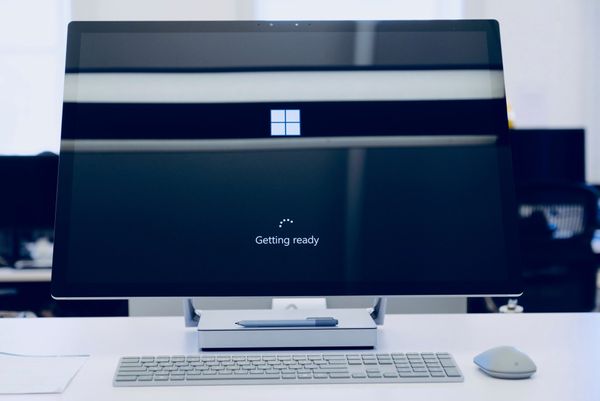Microsoft to Pull the Plug on Windows 10 in 2025

Microsoft will retire the Windows 10 operating system on October 10, 2025. It’s the first time the company puts an expiration date on its current operating system, paving the way for its successor, Windows 11.
It’s a big deal when an operating system reaches end-of-life because it essentially means that its maker no longer issues updates, leaving it vulnerable and eventually buggy. When that operating system is Windows, the reach of the OS into the modern world complicates the situation further.
Microsoft made a few changes to the Windows lifecycle policy, putting a firm date on Windows 10’s end-of-life strategy — October 14, 2025. The company said that the new policy will apply to Home, Pro, Pro Education, Pro for Workstations and that Microsoft will continue to support at least one Windows 10 Semi-Annual Channel until then.
The end-of-life for the other Windows 10 products is a little more complicated, as Microsoft will likely continue to provide support for companies who choose to continue to use their products, at least for a while. The same happened with Windows XP and Windows 7, and the same policy will likely continue with Windows 10.
To be clear, only support for Windows 10 will end; the operating system will continue to work just as before but will become increasingly unsafe for users. Users who continue running unsupported OSes will have to use a dedicated security solution to get malware protection.
For example, even if Microsoft announced the end of support for Windows 7 as of January 14, 2020. Bitdefender continued to provide support for its software on that platform for two more years.
tags
Author
Silviu is a seasoned writer who followed the technology world for almost two decades, covering topics ranging from software to hardware and everything in between.
View all postsRight now Top posts
How to Protect Your WhatsApp from Hackers and Scammers – 8 Key Settings and Best Practices
April 03, 2025
Outpacing Cyberthreats: Bitdefender Together with Scuderia Ferrari HP in 2025
March 12, 2025
Streamjacking Scams On YouTube Leverage CS2 Pro Player Championships to Defraud Gamers
February 20, 2025
How to Identify and Protect Yourself from Gaming Laptop Scams
February 11, 2025
FOLLOW US ON SOCIAL MEDIA
You might also like
Bookmarks








